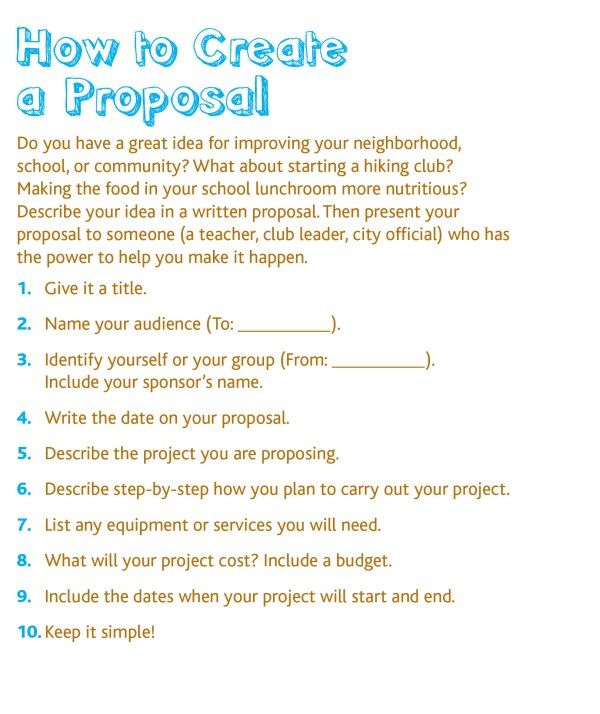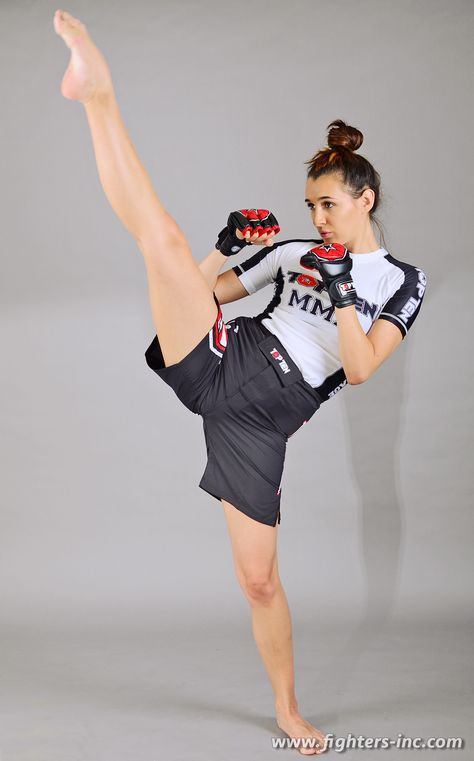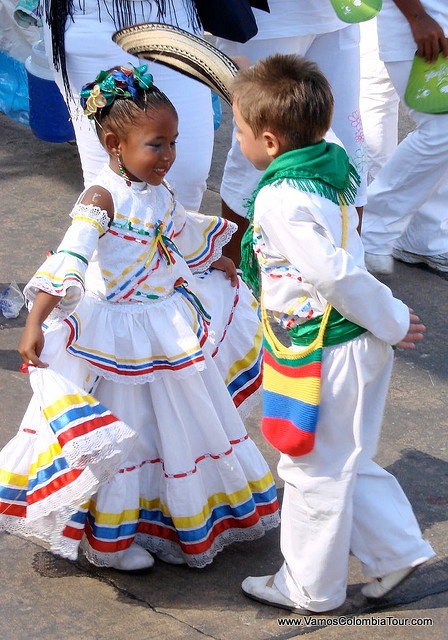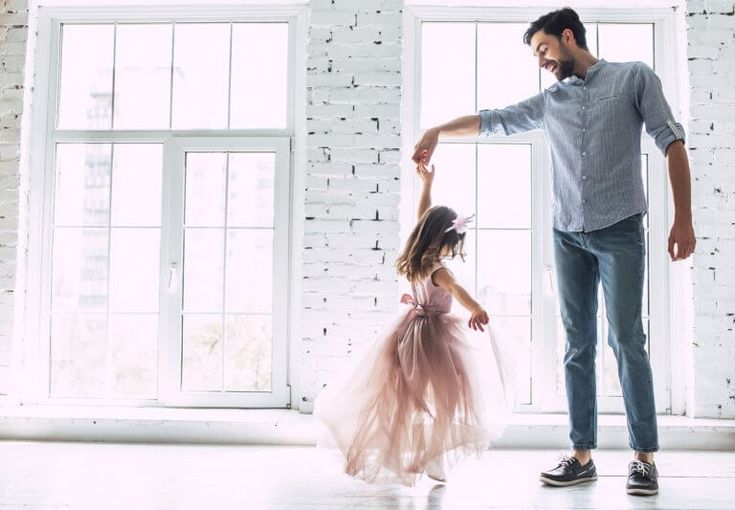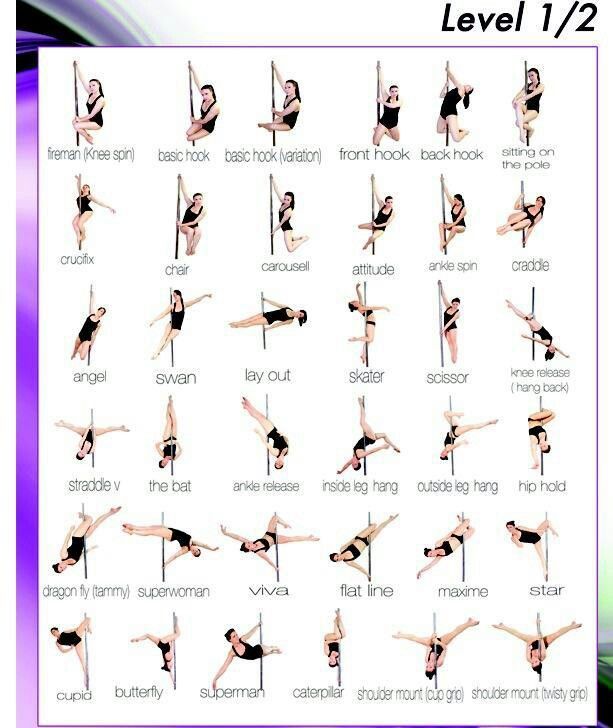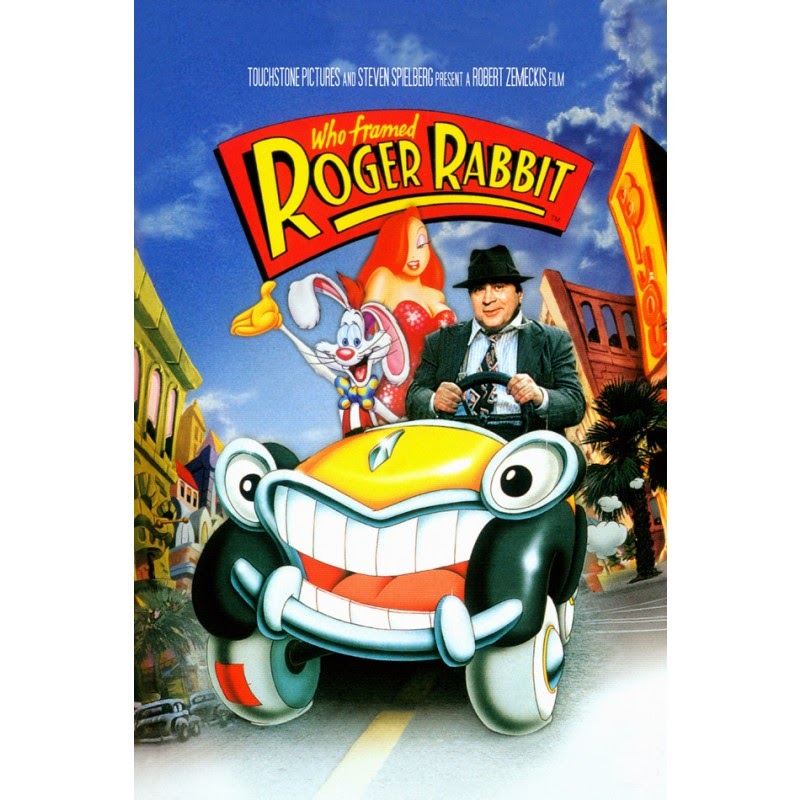How to write a dance proposal
Write a Winning Residency Proposal
The truth? Dance is great but can feel like an “expensive hobby,” even when working at a professional level. The competition for work in dance is steep. It’s easy — and valid — to complain (preferably over a favorite beverage), but let’s talk solutions right now.
When you make your own opportunities, particularly as a dance artist or choreographer, you dance more often and elongate your career. As a choreographer and artist-in-residence, I’ve been featured in publications like the New York Times and received funding to keep dancing. Whether you’re considering choreography as part of your dance path now or in the future, you need to know what choreographic residencies are and how to apply for them.
Photo by Ian DouglasWhat is an artist-in-residence?
Benevolent organizations grant choreographers time, space and sometimes money to engage in their artistic practice. A stellar example of this is The CUNY Dance Initiative, or CDI.
CDI, located in New York City, is an unprecedented model for art service organizations. They work with over a dozen City University of New York (CUNY) campuses to offer choreographers free space to rehearse, teach and perform (in addition to an artist stipend). Over the last 5 years, CDI has provided over 100 dancemakers with:
- 5800 residency hours (studio and stage)
- 9326 audience members
- 2178 workshop/open rehearsal attendees
Considering that they just announced a major 5 year anniversary event, now is a good time to sit down with CDI Director Alyssa Alpine, as well as her CUNY cohorts, to absorb all they have learned from running a prominent residency program. I’ve taken the liberty of compiling their top five tips for writing a winning proposal. Enjoy.
1. No but really, be specific.
Dance is hard to quantify. Choreographers often use vague rhetoric to explain what their work is.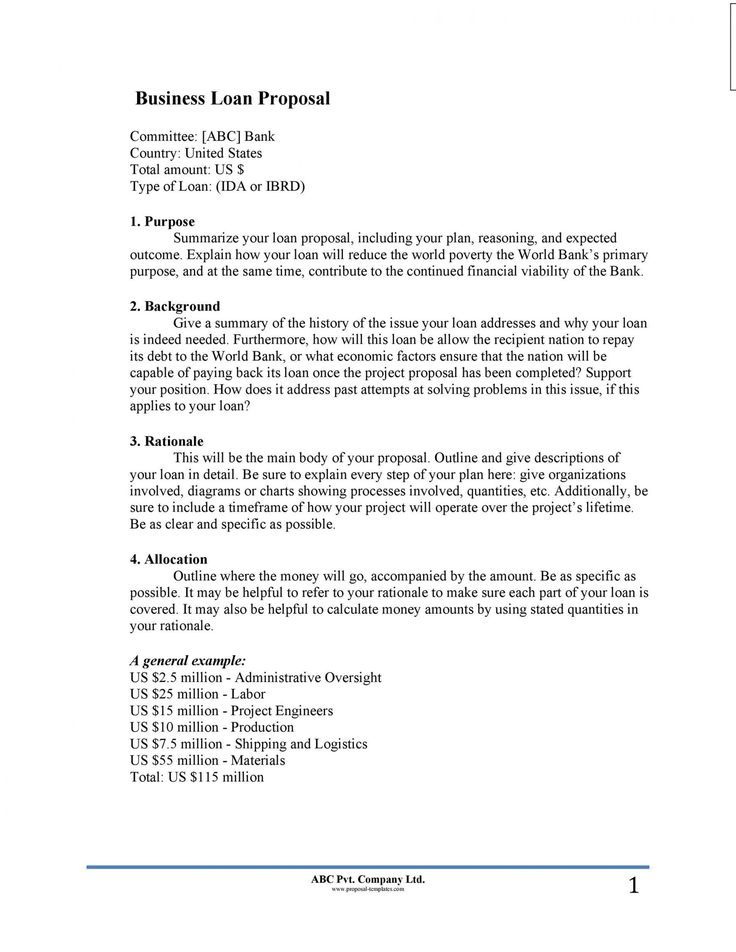 “Movement that expresses the human condition” is simply dance, not a mission statement. On the other end of the spectrum, flaunting your thesaurus can make your proposal read like word soup. Find a balance between dynamic and descriptive. What -specific- type of movement do you gravitate towards? Is it sharp or soft? Does it give your audience that extra jolt of espresso, or wrap them in a warm blanket to let them dream? What -specific- elements of the human condition do you like to express? Will your work dissect the damage suffered from abusive relationships? Is your work conceptual? If so, what concepts are being explored? Is your work narrative? What types of stories are you telling? Are they linear or freeform? If you don’t know the answers to these questions you’ll have a hard time getting awarded these opportunities.
“Movement that expresses the human condition” is simply dance, not a mission statement. On the other end of the spectrum, flaunting your thesaurus can make your proposal read like word soup. Find a balance between dynamic and descriptive. What -specific- type of movement do you gravitate towards? Is it sharp or soft? Does it give your audience that extra jolt of espresso, or wrap them in a warm blanket to let them dream? What -specific- elements of the human condition do you like to express? Will your work dissect the damage suffered from abusive relationships? Is your work conceptual? If so, what concepts are being explored? Is your work narrative? What types of stories are you telling? Are they linear or freeform? If you don’t know the answers to these questions you’ll have a hard time getting awarded these opportunities.
Kendrick Carter in Bennyroyce Royon’s “1000 Full Moons”I look for an application that is free of abstract jargon in its description.
Ted Altschuler, Director, Baruch Performing Arts Center
Bennyroyce Dance at Hostos Center for the Arts & Culture
Photo by Scott Shaw
2.
 Have strong work samples
Have strong work samplesYour work sample is a make or break situation. You’ll likely be required to submit brief videos that frame your work for a judging panel. It seems like a tall order to condense your years of experience into a couple of short videos, but here are three rules to follow. Provide high quality, contrasting work samples that aren’t complicated to access to help reviewers triangulate the sensibilities of your work. Make sure you clearly indicate the start and stop point for viewing your videos, especially when the video is longer than the allotted time. Select a section that is interesting, dynamic and expresses your artistic vision.
Rioult Dance NY in Street Singer: The Life of Edith Piaf On Stage at Kingsborough Photo by Paul B GoodeWhat is the heart of the piece? That’s what I like to see.
Melissa West, Vice President of Curation, Snug Harbor Cultural Center
3. Be reasonable
CDI Director, Alyssa Alpine, is quick to note that you should “be realistic about what you can manage and deliver. ” To many young choreographers, it seems like an ambitious proposal could be more competitive, but it can have the opposite effect. Will you end world hunger by the conclusion of your residency? Probably not. Will you create an evening-length piece from start to finish during the 40-50 hours of your residency? Probably not.
” To many young choreographers, it seems like an ambitious proposal could be more competitive, but it can have the opposite effect. Will you end world hunger by the conclusion of your residency? Probably not. Will you create an evening-length piece from start to finish during the 40-50 hours of your residency? Probably not.
The mark of an effective choreographer is being a time-management ninja. What will you accomplish in the time given? Have a plan on how to approach this week by week or, possibly, rehearsal by rehearsal. Have collaborators signed on? Tell us about them. Have you already begun developing the proposed work? That’s important. Many presenters assessing your proposals prefer that you’ve done some preparation. They’ll want a detailed list of the choreographer’s needs during the residency, with notes to reflect what is essential and what is not. Make sure your technical needs meet what the space you’re applying for has to offer.
Gabrielle Lamb / Pigeonwing DanceWe look for applications with a strong plan for the residency time-frame.
Anna Becker, Executive Director, On Stage at Kingsborough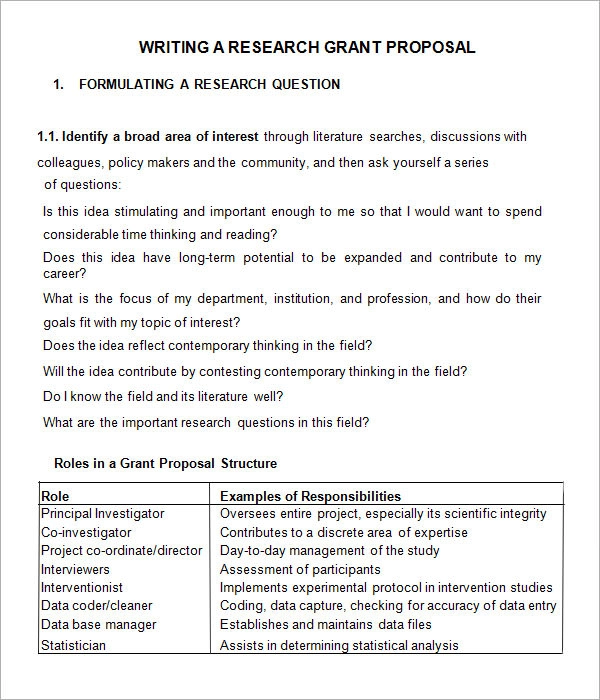
Baruch Performing Arts Center
Photo by Ian Douglas
4. Personalize the pitch
You’ll obliterate your precious time applying to programs that are not a good fit. Do some research on the host organization. How are you relevant to artists they’ve accepted in the past? What can you bring that’s fresh to the organization? Several CUNY affiliated art centers told us that they look for artists that can speak to their audience’s experiences and interests. See if the organization has a media kit, and use that data to articulate how your work as a choreographer speaks to the demographics of the audience served by the program to which you’re applying. Pay attention to the mission statement often listed on a company’s “about page.” For instance, the Gerald W. Lynch Theater, being part of John Jay College of Criminal Justice, is particularly interested in social justice issues. If your work has a strong social justice element, you would emphasize that in your proposal to them. Ultimately a proposal is a business plan, and you can’t launch a successful business unless you know who your audience is.
If your work has a strong social justice element, you would emphasize that in your proposal to them. Ultimately a proposal is a business plan, and you can’t launch a successful business unless you know who your audience is.
Many of CDI’s partner colleges also mentioned that, when reviewing applications, they strongly consider artists that could continue collaborating with them, beyond a residency. Applying for residencies may open up future possibilities, so make a strong, personalized case why you’re the right pick.
Gabriela Soto Hernandez in Bennyroyce Royon’s “Undertow”We look for artists that align with our mission.
Charles Rice-González, Associate Artistic Director, Hostos Center for the Arts & Culture
Bennyroyce Dance at Hostos Center for the Arts & Culture
Photo by Scott Shaw
5. Don’t get discouraged!
Most dance opportunities are competitive and rejection is rampant. If you’re rejected, no doubt you’re in good company. Acceptance is not just about the strength or clarity of your application, but also a bunch of other factors. For CDI, this might mean how well the style of dance fits with what the campus wants to support in the coming residency cycle. If you’re still wondering why you were rejected, some programs offer feedback. Politely ask.
Acceptance is not just about the strength or clarity of your application, but also a bunch of other factors. For CDI, this might mean how well the style of dance fits with what the campus wants to support in the coming residency cycle. If you’re still wondering why you were rejected, some programs offer feedback. Politely ask.
Rocha Dance Theater’s Half-HeardSometimes it just comes down to schedule: when space is available and how that aligns with what the artist needs.
Alyssa Alpine, Director, CUNY Dance Initiative
Gerald W. Lynch Theater at John Jay College
Photo by Mark Shelby Perry
The Benefits Can Outweigh the Cost
At times, being a dancer/choreographer is a thankless and tireless task. We flock to dance capitals of the world, like New York and Los Angeles, but rising real estate prices and stagnate artist compensation are challenging the ability of urban areas to serve as a creative incubator.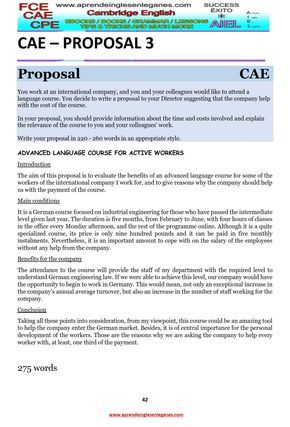 In fact, CDI was developed in response to the Andrew W. Mellon Foundation’s 2010 report, “We Make Do,” which cited how destabilizing the shortage of affordable rehearsal space is to the dance community in NYC. A significant way to unburden yourself from the weight of these budgetary line items is to apply for grants, residencies, and performance commissions.
In fact, CDI was developed in response to the Andrew W. Mellon Foundation’s 2010 report, “We Make Do,” which cited how destabilizing the shortage of affordable rehearsal space is to the dance community in NYC. A significant way to unburden yourself from the weight of these budgetary line items is to apply for grants, residencies, and performance commissions.
That being typed, there is an opportunity cost for putting proposals together and that cost is time. Give yourself, and your creative practice, its best chance for success.
- Be specific about what your work is about.
- Invest in high quality video documentation.
- Have a realistic game plan for accomplishing your goals.
- Do your research and only apply for compatible opportunities.
- Most importantly, do not absorb rejection too deeply. You are not alone.
When in doubt, create your own opportunities. Do you see a space that sits empty, a powerful arts-based nonprofit that doesn’t currently provide residencies? Let them know the deep need for it. CDI is currently an unprecedented residency model but doesn’t have to stay that way.
CDI is currently an unprecedented residency model but doesn’t have to stay that way.
Anna Becker, Executive Director of On Stage at Kingsborough, has CDI artists teach master classes at local senior centers. Local public school students are invited to open dress rehearsals and master classes at Baruch PAC and City College Center for the Arts. This type of program broadens an audience for dance, enhances local culture, and provides non-profits with new avenues for securing public and private funding.
As dance advocates, the CUNY Dance Initiative loves sharing advice and national opportunities with dance-makers. Keep up with them on Facebook, Twitter, and Instagram. We applaud your determination and wish you all the luck.
Photo by Meghann Street PhotographyAn institution-less, rebel-clown choreographer, Jamie Benson defies performance traditions and dares a mass audience to interact with dance. Heralded as “Chaplin-like” by Backstage and “Insightful and Irreverent” by LA Weekly, Benson’s highbrow-meets-lowbrow work has been presented around the United States, across the international film festival circuit, within the Phaidon book Wild Art, and funded by the Brooklyn Arts Council.
Heralded as “Chaplin-like” by Backstage and “Insightful and Irreverent” by LA Weekly, Benson’s highbrow-meets-lowbrow work has been presented around the United States, across the international film festival circuit, within the Phaidon book Wild Art, and funded by the Brooklyn Arts Council.
In addition to being a choreographer and comedian, Benson is also a bonafide marketing nerd who graduated magna cum laude from Baruch College with a BA in digital communications. Now he concocts daring and unconventional promotional methods that revolutionize how creative industries advocate for worthy causes. For more visit jamiebenson.com.
Kindly follow, like or share:
Guest Contributors
Dance Advantage welcomes guest posts from other dance teachers, students, parents, professionals, or those knowledgeable in related fields. If you are interested in having your article published at Dance Advantage, please see the following info on submitting a guest post. Read posts from guest contributors.
Dance Research Proposal Examples That Really Inspire
WowEssays.com paper writer service proudly presents to you an open-access collection of Dance Research Proposals designed to help struggling students tackle their writing challenges. In a practical sense, each Dance Research Proposal sample presented here may be a guide that walks you through the essential phases of the writing procedure and showcases how to pen an academic work that hits the mark. Besides, if you require more visionary help, these examples could give you a nudge toward a fresh Dance Research Proposal topic or encourage a novice approach to a banal theme.
In case this is not enough to quench the thirst for efficient writing help, you can request customized assistance in the form of a model Research Proposal on Dance crafted by a pro writer from scratch and tailored to your particular requirements. Be it a plain 2-page paper or a profound, extended piece, our writers specialized in Dance and related topics will submit it within the pre-set period. Buy cheap essays or research papers now!
Buy cheap essays or research papers now!
Festivals Research Proposal Samples
Abstract3
Background.4
Hypotheses..4
Methodology4
Discussions...4
Results..7 Conclusion.8
References9
ABSTRACT
Festivals make part of the lives of people in different societies whether modern or traditional. They have been manifest in all societies from time immemorial, ingrained in their belief systems and ways of life. The participants vary depending on age, economic background, social background, academic achievements and professional achievements (for instance the professional position of a rain maker in the African societies). However, the main question is; what really makes these festivals unique and keeps people interested in them. This study tries to explore in reference to my own believes experiences ...
Read more
Sociology
Dance
Rain
Culture
Children
Family
Music
Festival
People
Instance
Education
Background
6 Pages
Free ‘point Of Passage’ Yusimi Moya Rodriguez Melk Abbey Research Proposal Example
Points of passage is one of the cheographical work done by Yusimi describing the baroques and depicting the exotic wall and painting; Yumin dance is devoted in bringing to light of American history, strange plants, wild creatures and the people who are indigenous. In relation to history, Yusimi describe landing ships, foreign world as the point of attention. Yusimi tells the story of migration and surrounding identity. History of cultures and ritual of the world are described in her dance and music. This of great relevance in understanding the culture and the social life that the artist’s society ...
In relation to history, Yusimi describe landing ships, foreign world as the point of attention. Yusimi tells the story of migration and surrounding identity. History of cultures and ritual of the world are described in her dance and music. This of great relevance in understanding the culture and the social life that the artist’s society ...
Read more
Dance
History
Culture
Europe
Music
Art
People
Cuba
World
Body
Life
Expression
2 Pages
Free Research Proposal About Dance Film Essay Proposal
1.What is the name of the first film you will be comparing in your essay?
Save the last dance (2001)
2. What is the name of the second film you will be comparing in your essay?
Street dance (2010)
3. Which of the following themes or concepts will you be addressing in your comparative essay? A maximum of two themes is recommended. Possible combinations include: "race and class," "gender and sexuality," "authenticity and appropriation," "class and social mobility," "agency and identity" and "representation and commercialization." Choose your first theme here. You will choose your second them in Question #4.
Which of the following themes or concepts will you be addressing in your comparative essay? A maximum of two themes is recommended. Possible combinations include: "race and class," "gender and sexuality," "authenticity and appropriation," "class and social mobility," "agency and identity" and "representation and commercialization." Choose your first theme here. You will choose your second them in Question #4.
Race
4. ...
Read more
Dance
Cinema
Film
Literature
Format
Hip
Books
Maximum
Bachelor's Degree
Quote
Belief
4 Pages
Example Of Rennie Harris: Hip Hop Research Proposal
Hip-hop genre and dance are thought to have originated from African Americans especially in the sense that it was their media of communication with the outside world (Rennie Harris Puremovement par 1). Rennie Harris rose to stardom through hip hop dance as he found a way of integrating hip hop routines with other forms of art. He is one of the oldest dancer and choreographer in the industry (Dr. Rennie Harris par 1). He accomplished the titles of a hip hop professor and artistic director with time. Rennie presents a good example of how one can use their talent as a profession. His ...
Rennie Harris rose to stardom through hip hop dance as he found a way of integrating hip hop routines with other forms of art. He is one of the oldest dancer and choreographer in the industry (Dr. Rennie Harris par 1). He accomplished the titles of a hip hop professor and artistic director with time. Rennie presents a good example of how one can use their talent as a profession. His ...
Read more
Dance
Hip
Hip Hop
People
Skills
Time
Movement
Internet
Community
Business
Award
Journey
3 Pages
Good Research Proposal About The Struggle Of The Civil Rights Of The 1960s
Thesis: Because they focused on correcting legal discrimination instead of social discrimination, African Americans gained greater equality during the 1960s through the efforts of the NAACP and civil rights leaders like Martin Luther King Jr.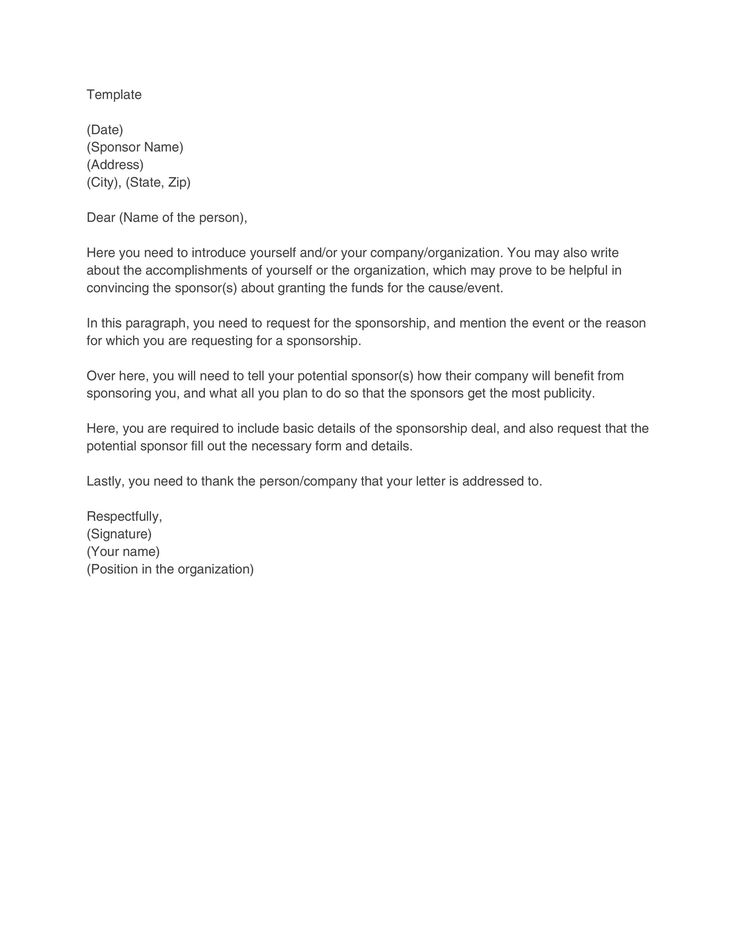 and Malcolm X.
and Malcolm X.
- Introduction—discuss the history of segregation and discrimination before the Modern Civil Rights Movement.
- Define terms—Modern Civil Rights Movement, legal segregation and discrimination, social segregation and discrimination, and
- Jim Crow laws and other ways that segregation and discrimination were written into laws
- Discuss previous efforts by early civil rights leaders including Booker T. ...
Read more
Law
Equality
Criminal Justice
Civil Rights
Democracy
Martin Luther King
Discrimination
Social Issues
Education
Discuss
University
Students
3 Pages
Sample Research Proposal On “And The Soul Shall Dance” Marketing Strategy
Introduction to the play
“And the Soul Shall Dance” is a play depicting the life enjoyed by Japanese immigrant families living in California during the great depression.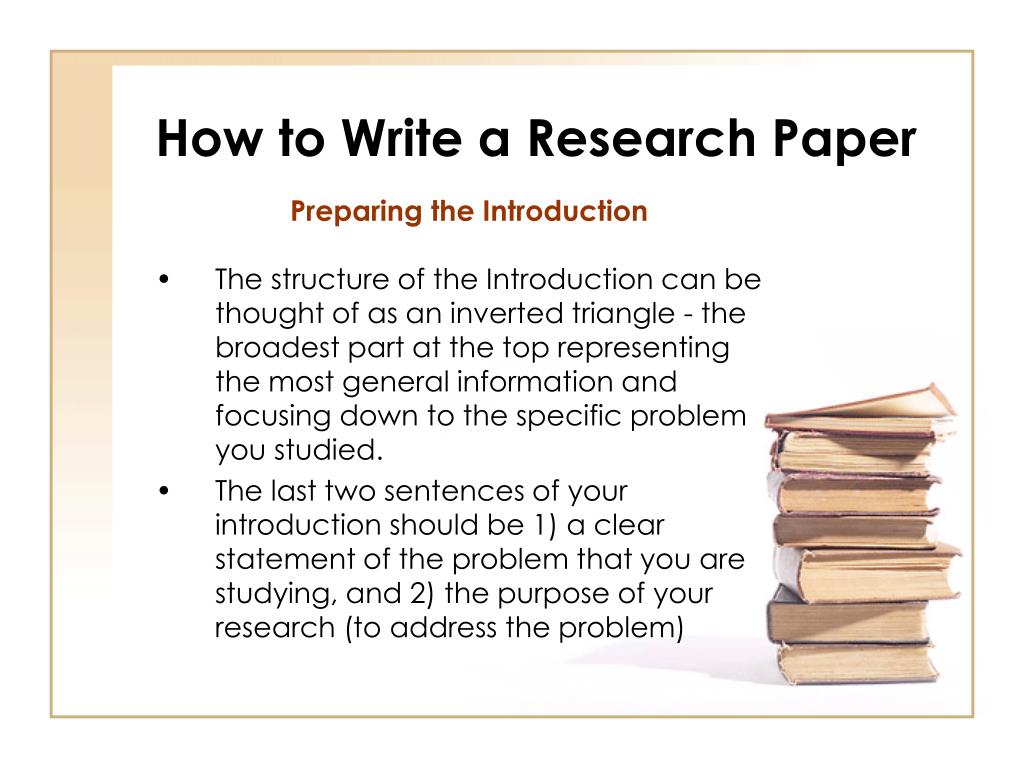 The pinch of a hard life is explicitly shown in this play, especially given that immigrants did not enjoy any rights to control land. Insight is provided, especially on Asian-American culture, presenting an insightful comparison to Asian and American cultural norms and expectations. The difference between the generations represented in this play is evident, especially with the Japanese-born Americans, and their American-born children. The conflict between the American and Japanese ways of life is represented by ...
The pinch of a hard life is explicitly shown in this play, especially given that immigrants did not enjoy any rights to control land. Insight is provided, especially on Asian-American culture, presenting an insightful comparison to Asian and American cultural norms and expectations. The difference between the generations represented in this play is evident, especially with the Japanese-born Americans, and their American-born children. The conflict between the American and Japanese ways of life is represented by ...
Read more
Marketing
Theater
Services
People
America
United States
Life
Listing
Journalism
Press
Japan
Target
4 Pages
Promotion of a dance school: how to advertise and promote services of a dance studio
Promotion of a dance school requires a non-standard approach in marketing due to the specifics of the business area.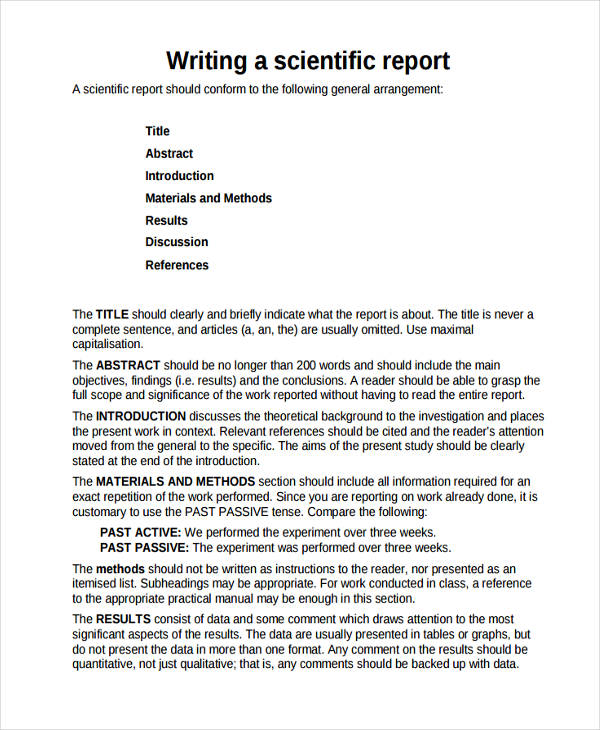 Dancing is fun, energy and drive, so advertising for a dance studio should evoke the same emotions. The times when new customers could be attracted by distributing leaflets near the subway are long gone. The modern audience wants everything at once. It is necessary to introduce her not only to the services, but also to the people who provide them. In this article, we will tell you what to do before starting to promote a dance studio and how to attract new customers using different types of advertising.
Dancing is fun, energy and drive, so advertising for a dance studio should evoke the same emotions. The times when new customers could be attracted by distributing leaflets near the subway are long gone. The modern audience wants everything at once. It is necessary to introduce her not only to the services, but also to the people who provide them. In this article, we will tell you what to do before starting to promote a dance studio and how to attract new customers using different types of advertising.
What to do before you start promoting a dance studio
1. How to determine your target audience
As in any other area of marketing, advertising and promotion of a dance school is based on the study of your target audience. At the same time, you need to understand that dance studios have direct and indirect competitors. Fitness clubs, wellness centers, martial arts schools also offer sports and development services. Therefore, the task of your marketing campaign is to convince people that dancing is the most suitable way of leisure.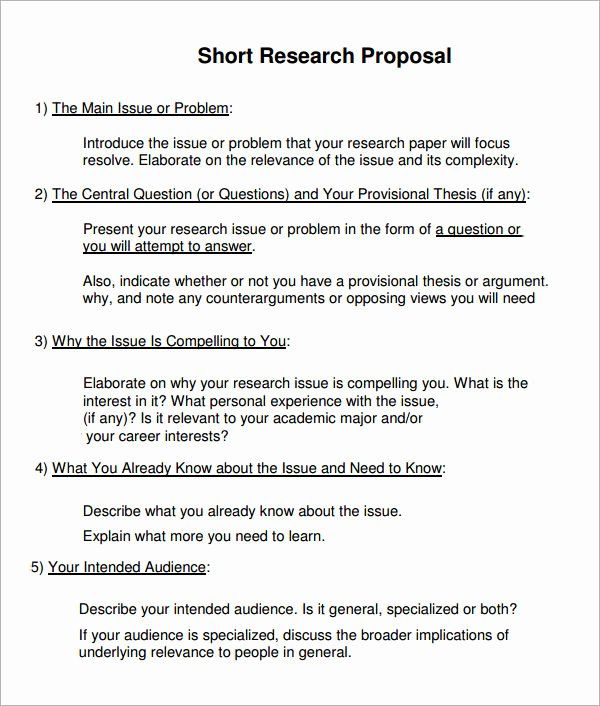
Vogue dance with Verona Models
You can analyze the target audience using:
- • questionnaires or surveys;
- • interview;
- • focus groups;
- • thematic blogs and forums;
- • social networks.
The last method is good because with a minimum of money and time spent, you will find out the nature, habits and needs of your target audience. Also in social networks, you can see how and for what audience competitors are promoting their services.
2. How to create a client portrait
After analyzing the target audience, you need to break it into segments and create a portrait or avatar for each. Here is a list of parameters to consider:
- • gender;
- • age;
- • area of residence;
- • income level;
- • marital status;
- • interests;
- • problems and pains.
By “running” clients through this list, you will get their psychological profile.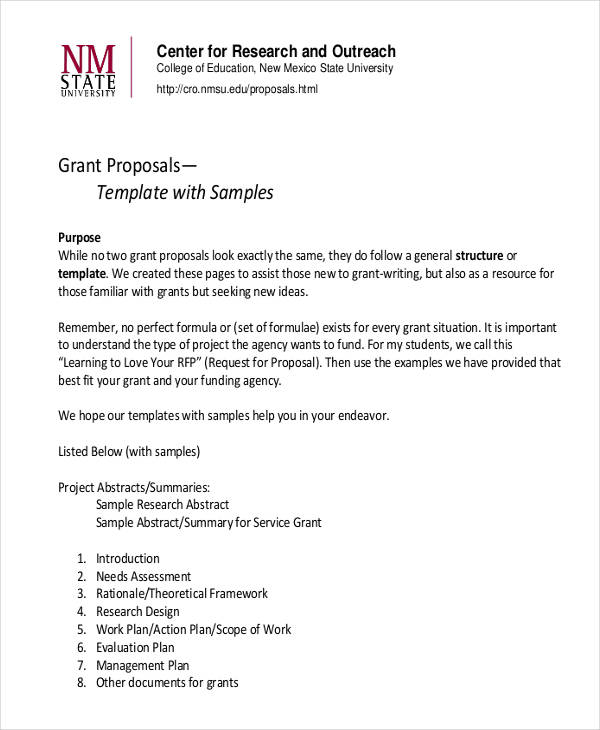 It will help you work out the benefits consumers will receive from your service and identify triggers to influence them.
It will help you work out the benefits consumers will receive from your service and identify triggers to influence them.
3. How to create a sales funnel
Think about the customer's journey from the moment he sees the ad to the moment he buys the service. If you're promoting with free lessons, your sales funnel might look like this:
- • interest in dancing;
- • search for a suitable school;
- • contact with advertising;
- • sign up for a free lesson;
- • free lesson;
- • receiving an offer.
4. How to form an offer
The offer is formed based on the problems of the audience with the help of its main triggers. This is your promotional offer. “Learn to dance hip-hop in 3 months”, “Sign up for a free trial lesson”, “Become a member of a friendly community of dancers” - these are examples of offers for a dance studio.
5. How to create a landing page structure
The purpose of a landing page or landing page is to motivate the client and involve them in the sales funnel. It is important to remember that several advertising banners can be located on such a page at once. The structure of the landing page is based on the pains of customers. For example:
It is important to remember that several advertising banners can be located on such a page at once. The structure of the landing page is based on the pains of customers. For example:
Banner 1: main offer.
Banner 2: Headmaster's video message.
Banner 3: photos of students and teachers.
Banner 4: school facts or regalia.
Banner 5: a unique offer, such as discounted private lessons.
Banner 6: subscription offer.
Banner 7: School FAQ and contacts.
With this approach, advertising and promotion of the dance school is much more likely to resonate with potential customers. After all, you interact immediately with all segments of your target audience and work out objections.
How to promote a dance studio through contextual advertising
The advantage of contextual advertising is that it starts working immediately after launch.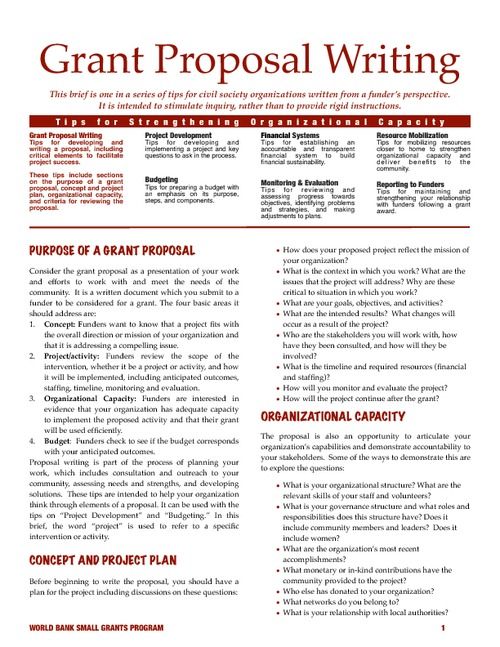 In a short time, you can collect a large number of applications and reimburse the costs of promotion. But it will take time to figure out the settings of the advertising account.
In a short time, you can collect a large number of applications and reimburse the costs of promotion. But it will take time to figure out the settings of the advertising account.
There are 3 contextual advertising mechanisms:
- Search algorithms. By analyzing the most popular queries for keywords, the system brings you to those who right now are driving into Google or Yandex “dance school record online”. When interacting with such a client, it is important to convince him to conclude a deal as soon as possible, otherwise he will go to competitors.
- GMS (display network) Google and YAN (Yandex advertising network). They show ads on affiliate sites for people who are interested in dancing. This method gives a good conversion for a relatively low price, however, the audience received from such an advertisement will be cold.
- Retargeting or remarketing. It allows you to make a special offer for those who came to your site, but for some reason did not leave a request.
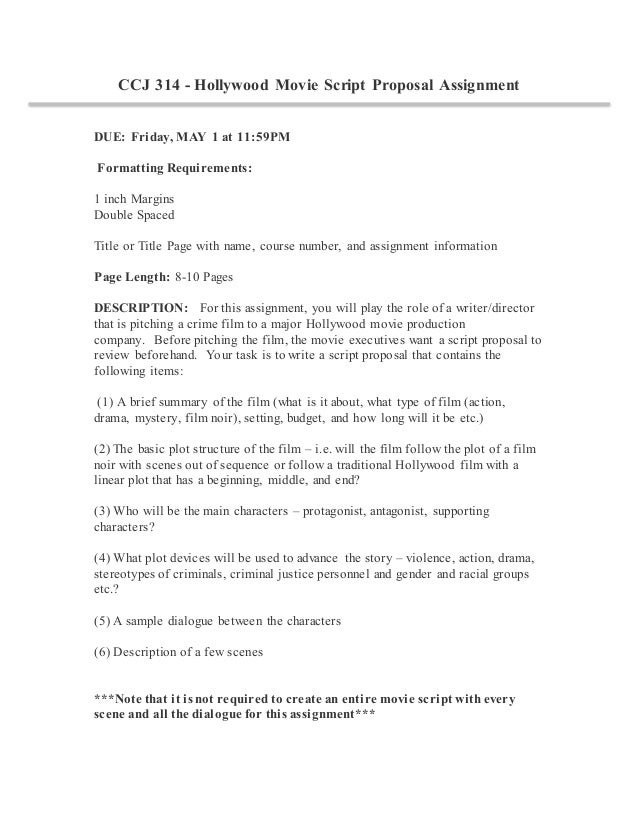
How to promote through targeted advertising
Targeted advertising is the most suitable option for small dance schools. An advertising account on Facebook and Instagram is much simpler than on Google and Yandex, and the cost of an application is lower. But contextual advertising has a higher conversion rate, as the target leads to a cold audience that your sales team needs to “finish”.
To make targeted advertising more successful, collect enough leads, upload the data to your Facebook ad account, and create a Lookalike Audience. She may be the most responsive.
How to promote a dance school with SEO
Before you start SEO promotion, carefully analyze your competitors. This will help you optimize your strategy and understand what services are in demand. For advertising to be effective, combine related keywords into groups (clusters) and prioritize queries. Then search algorithms will display the site in the TOP results due to natural traffic.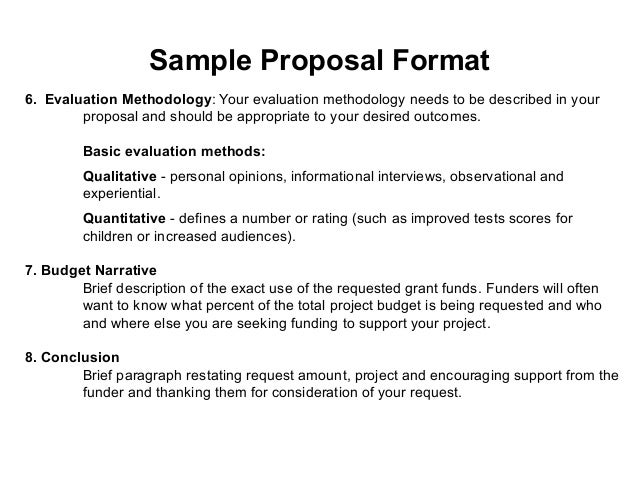 You also need to make sure that there are no technical errors on your site.
You also need to make sure that there are no technical errors on your site.
Advertising with bloggers to promote the dance school
If you want to agree on a barter, use the following algorithm:
- • through blogger search services, find those who live in your city and who are interested in the services of a dance studio;
- • offer a blogger a free lesson in exchange for advertising;
- • agree on cooperation. Be sure to specify how many advertising posts the blogger will publish in his account.
If the blogger does not agree to barter, consider how necessary this type of promotion is.
Other Ways to Attract Customers
To get maximum exposure, try additional promotion methods:
1. Free Lessons
Dancing is one of the most spectacular art forms. If you organize a public performance of teachers and students of the school, the audience will see the result live and receive additional motivation.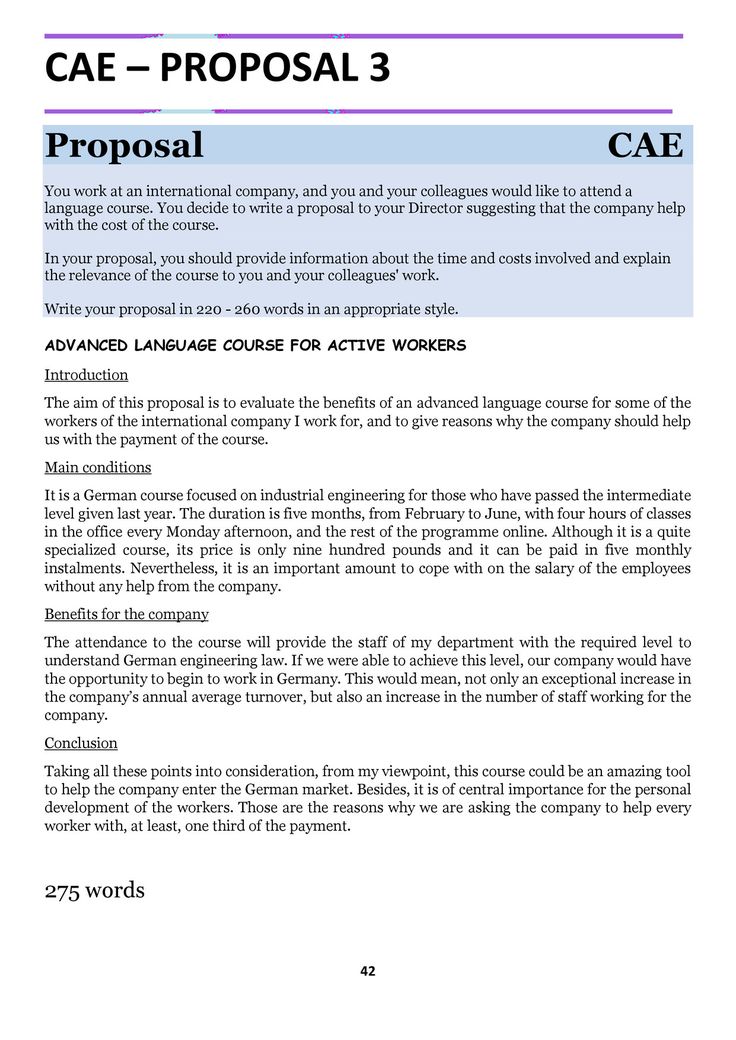
2. Promotions and discounts
To interest potential customers, arrange an open day. Workshops, consultations and discounts on subscriptions - showcase all the features of the school to interest visitors.
Modern dance school in Kyiv
3. Participation in competitions
First place in dance competitions is a sure way to increase customer confidence. To increase the conversion, try adding the phrase to the offer: “Do you want to learn dancing with the winners of the international competition?”.
4. Partner programs with neighbors
The main advantage of such programs is a double budget for promotion, which allows you to organize a large-scale advertising campaign. Anyone can be a partner: a fitness club, a yoga studio or a children's music school. It is important to correctly present information and find common ground with the audience.
5. Offline advertising
Whether this method is needed depends only on the habits of your target audience.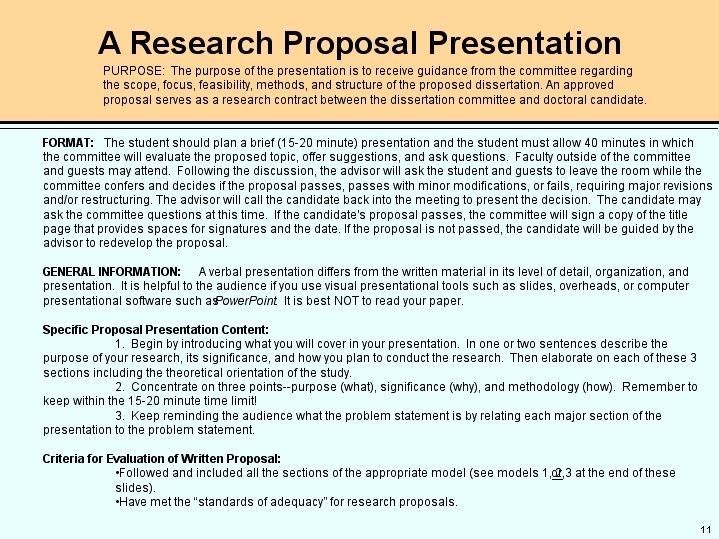 If, during its analysis, you found that most potential customers are subscribed to the account of a trendy restaurant, try to negotiate with the administration of the institution to promote your services. It can be both advertising on flyers and street banners.
If, during its analysis, you found that most potential customers are subscribed to the account of a trendy restaurant, try to negotiate with the administration of the institution to promote your services. It can be both advertising on flyers and street banners.
Conclusion
For a successful advertising campaign that pays off the investment, it is not enough to use one or two promotion methods. Complex marketing is needed with constant analysis and adjustment of the strategy. By combining various tools and platforms, you will be able to provide the school with a stable flow of students, and business with income and profit.
Optimize the business processes of your dance school together with 1C: Fitness Club to increase the effectiveness of your marketing! Leave a request and our managers will contact you for free consultation.
GET ADVICE
When connecting for a year cloud tariff
30% discount
Join the community on VK
Follow us on Yandex. Zen
Zen
Dance halls. Tips for choosing dance halls
Rehearsal bases, dance halls, recording studios
in Moscow
Dance halls. Characteristics and advice on the right equipment
Today, classes in dance schools are available to everyone, you just have to choose which style is closer and more interesting for you. But any school needs a dance hall, which is prepared for classes.
Dance halls: how to equip them
Dance halls have their own characteristics, characteristics and distinctive features. We list:
- Required area;
- Good repair;
- Comfortable seating area;
- Nice floor;
- Large mirrors.
An important factor is an interesting design and an unusual interior that turns the room into a dance hall a unique hall, as they say: "with a capital letter".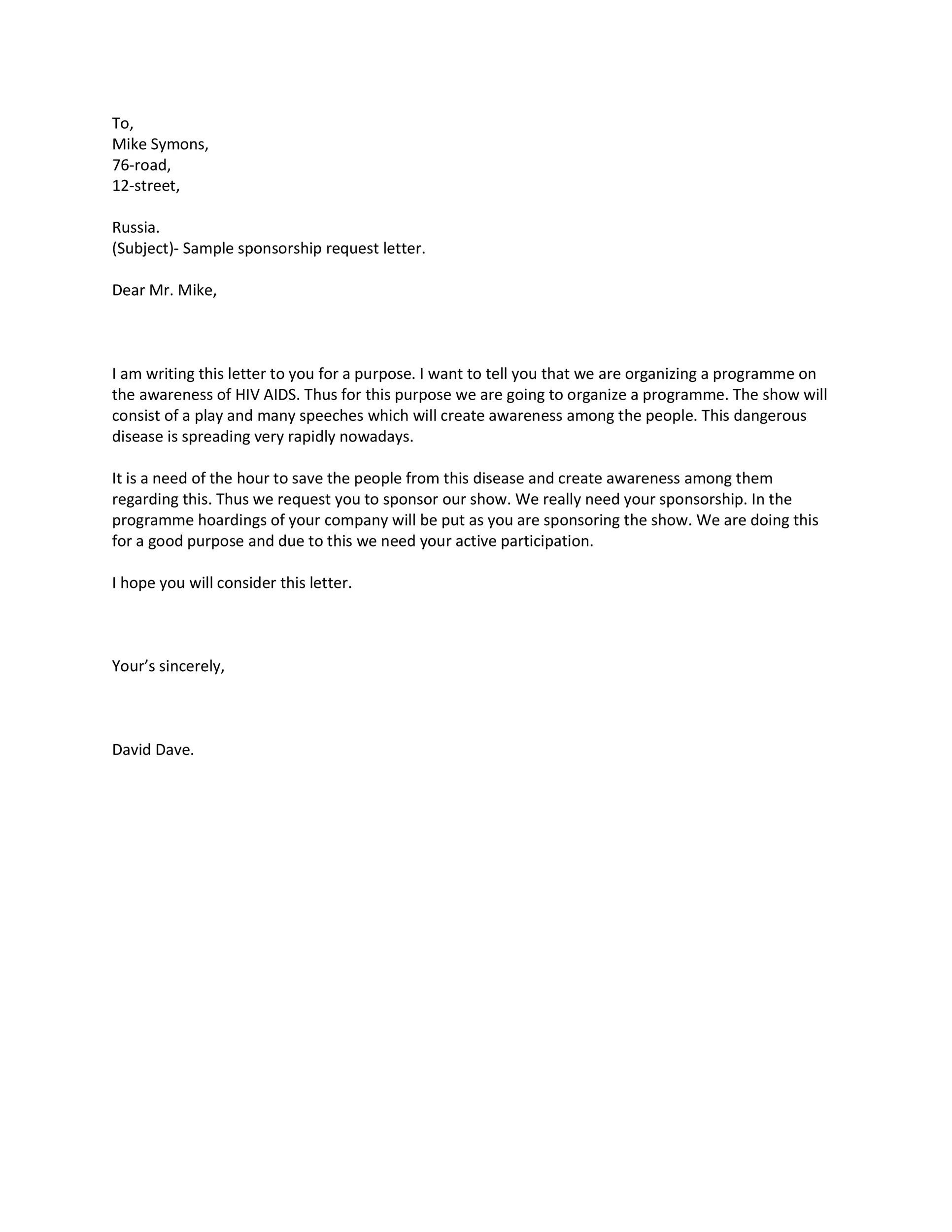
Each school that specializes in dance classes tries to provide its clients with an individual offer. This procedure includes both ensuring work with a first-class dance teacher, as well as a variety of promotions and discounts on classes. Various offers are distributed mainly in the largest cities. Therefore, the dance halls of Moscow's numerous schools of the capital are the best suited for those who are interested in such events.
So, let's look at the key components of the room:
1. Its size should be large enough, but smaller than the sports room. The area of the studio is also determined by the style of the dance. Therefore, a lot also depends on the daily attendance of dance hall by a certain number of students.
2. Repair. Dance hall renovated hall is the basis for attracting customers and the key to success for any dance school. Comfort means air conditioning, bathroom, heating and good light.
3. The acoustic system must be top notch, because music is a fundamental part of dancing.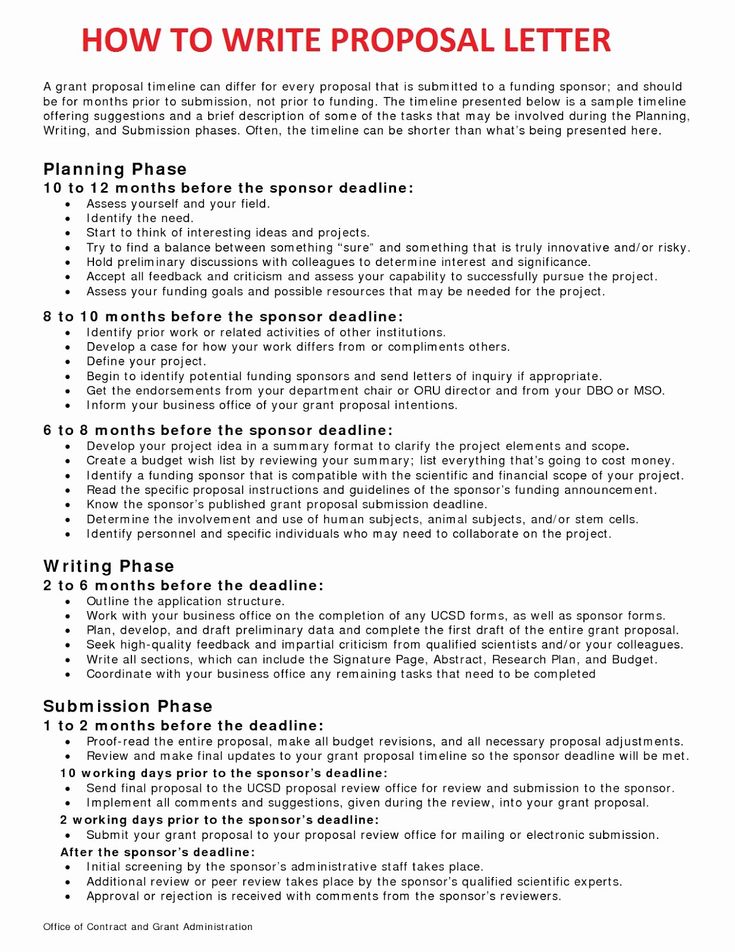
4. Of course, incendiary dance classes are so captivating that it is impossible to stop, but rest is still necessary. It is necessary to provide small but cozy rooms for respite. For the recreation area, low, medium-soft armchairs and sofas are suitable. Furniture should not be an obstacle to exit from the dance hall and the passage to the window. For a small room, a double sofa is considered more harmonious, for a larger room - a four-seater with a set of armchairs and poufs. Chairs should not be low, and the edges should be rounded and neat. It is desirable that there be enough places for rest for all students at once.
5. But the biggest attention in the room is given to the flooring. The main thing is that the floor should not be slippery, because the quality of the dance and the safety of the dancers depend on it. The best option is unvarnished parquet of good quality. Naturally, such material will be quite expensive, but durable. Let's say a wooden floor, as well as linoleum.